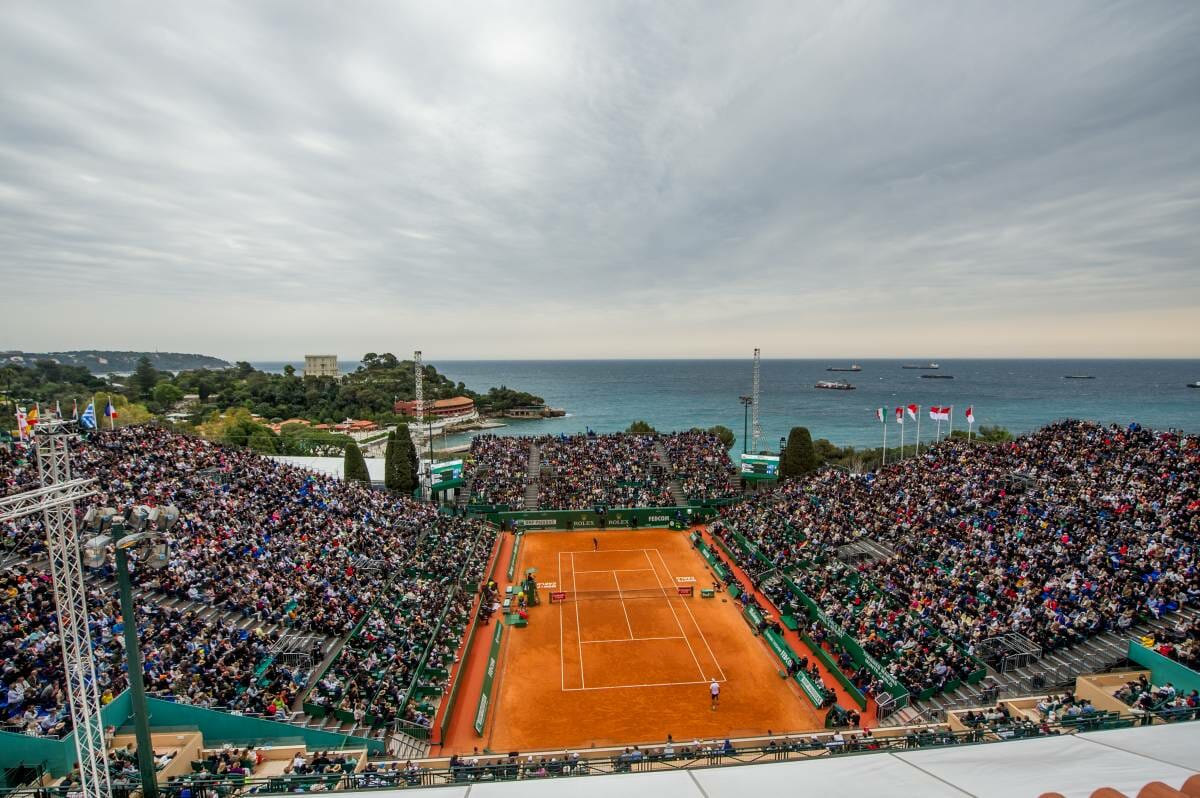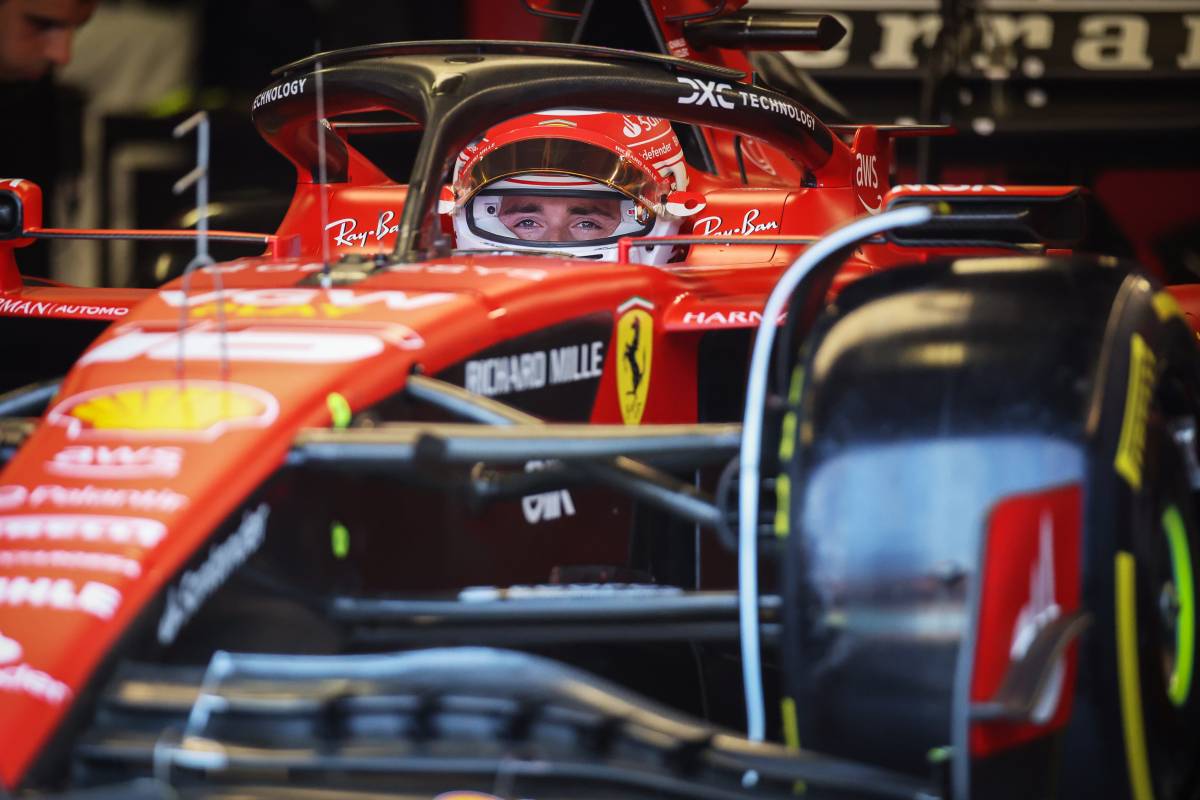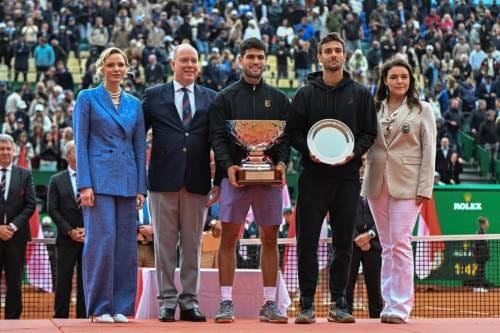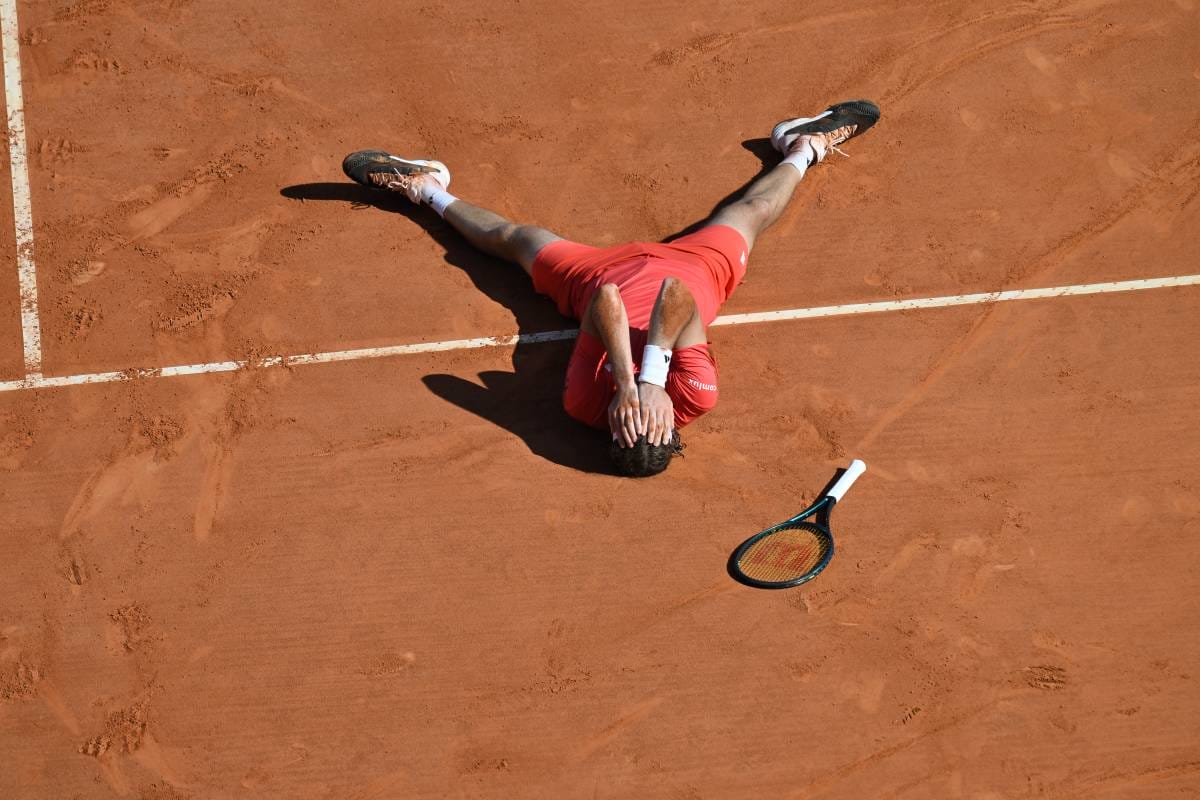It is one of the sporting events that has always borne the name of the Principality worldwide attracting spectators and sports Media from all over the world to follow the talented players as they search for a match point. The Monte-Carlo Masters is one of the oldest tennis tournaments, second in seniority only to Wimbledon. The Monte-Carlo Tennis tournament stemmed from a British style amateur challenge held on the courts behind the popular Hôtel de Paris, in 1897. Since then, its prestige has increased exponentially, changing locations and surviving World Wars I and II with great support from the Princely Family and Société des Bains de Mer. In 1928, the turning point was the creation of the Monte-Carlo Country Club and the terraced red clay tennis courts framed in that spectacular natural setting between rocks and sea. The Monte-Carlo Masters is a topical sporting and social event able to attract relevant figures of the international jet set and gentry.
The modern tournament, associated since 2006 with a famous brand of watches, is strongly backed by Monegasques; it is a jewel in the crown of local sport events. The great champions are particularly fond of it, particularly its inclusion as an ATP World Tour Masters 1000 international tournament and they vigorously defend it against any attempt to be downgraded.
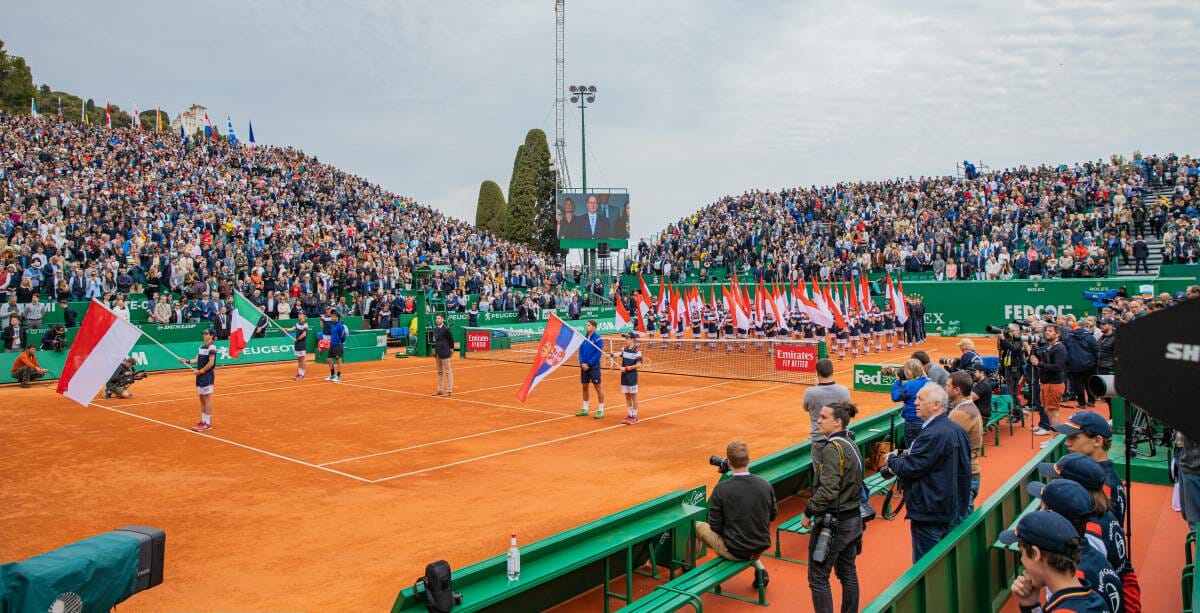
Last year in 2021 Rolex Monte-Carlo Masters Greek tennis player Stefanos Tsitsipas won for the first time in his career, succeeding Fabio Fognini, who won the tournament in 2019.
It is interesting that last year the favorites of the tournament, namely the first racket of the world Novak Djokovic and Rafael Nadal, who won the tournament in Monte Carlo 11 times in the past, which became a record, did not even reach the semifinals, losing to younger players.
The success of the Monte-Carlo Masters has always depended on the talent of those who ply their rackets in this special corner of the Côte d’Azur. But who are they? HelloMonaco provides you with an exclusive Hall of Fame of the most successful and renowned players of all time.
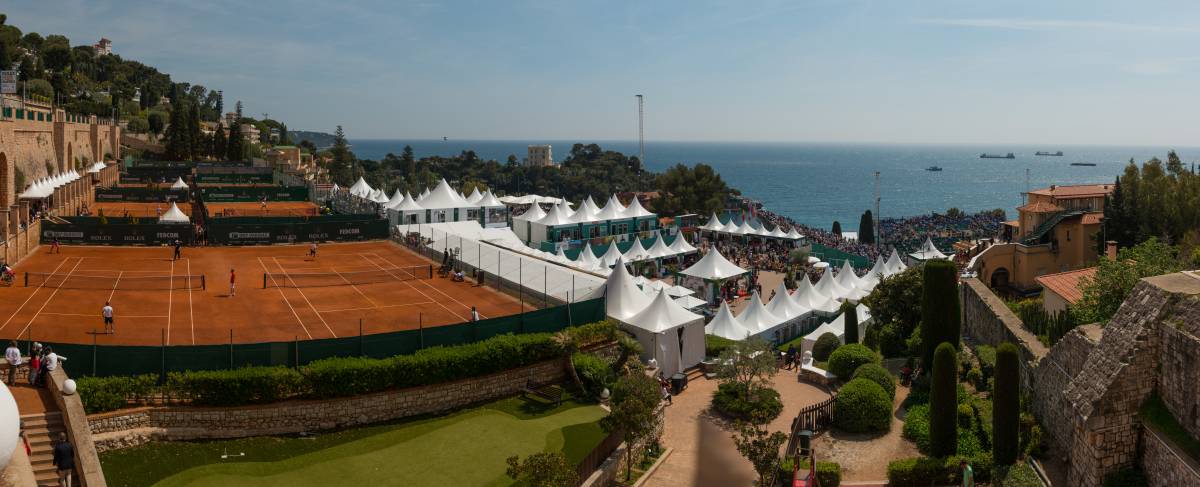
Reginald and Lawrence Doherty: all-stars of the early Amateur era
In the initial history of the Monte-Carlo Masters, two champions stand out without any doubt. British player Reginald Doherty, nicknamed ‘Reggie’, reached the podium six times from 1897 until 1904 — a record. Coming from iconic Wimbledon, he was raised in the best educational institutions as was his younger brother, Lawrence (“Laurie”) who was to win four times in the Monte-Carlo challenge from 1900 until 1906. Both were encouraged to play by their father and soon became champions spending most of their life playing this sport at a very high level, generally competing in doubles. Their medal collection is still impressive including Wimbledon, the U.S. National Championships, South of France Championships, the British Davis Cup and the 1900 Olympic Games. An extremely intense life led to many great successes despite the premature death of Reggie in 1910, followed by his brother nine years after.
Anthony Wilding: a charming ‘hero’ of Tennis
A New Zealander naturalised as a British citizen inherited the similar talents and class of the Doherty brothers. Anthony Wilding won four Monte-Carlo Masters in a row, from 1911 until 1914, conquering the audience with his skill as well as by his charm. It made him the first real star of tennis in the “Great Gatsby mode”. His career promised to be outstanding but World War I made his dream fade and pushed him to join the British Army. A fatal decision because he died while fighting in France, in May 1915. Nevertheless, his reputation as a great player is still alive, since he had achieved five extra victories at Wimbledon and was ranked as the winner in two Australasian Championships (ancestor of the Australian Open).
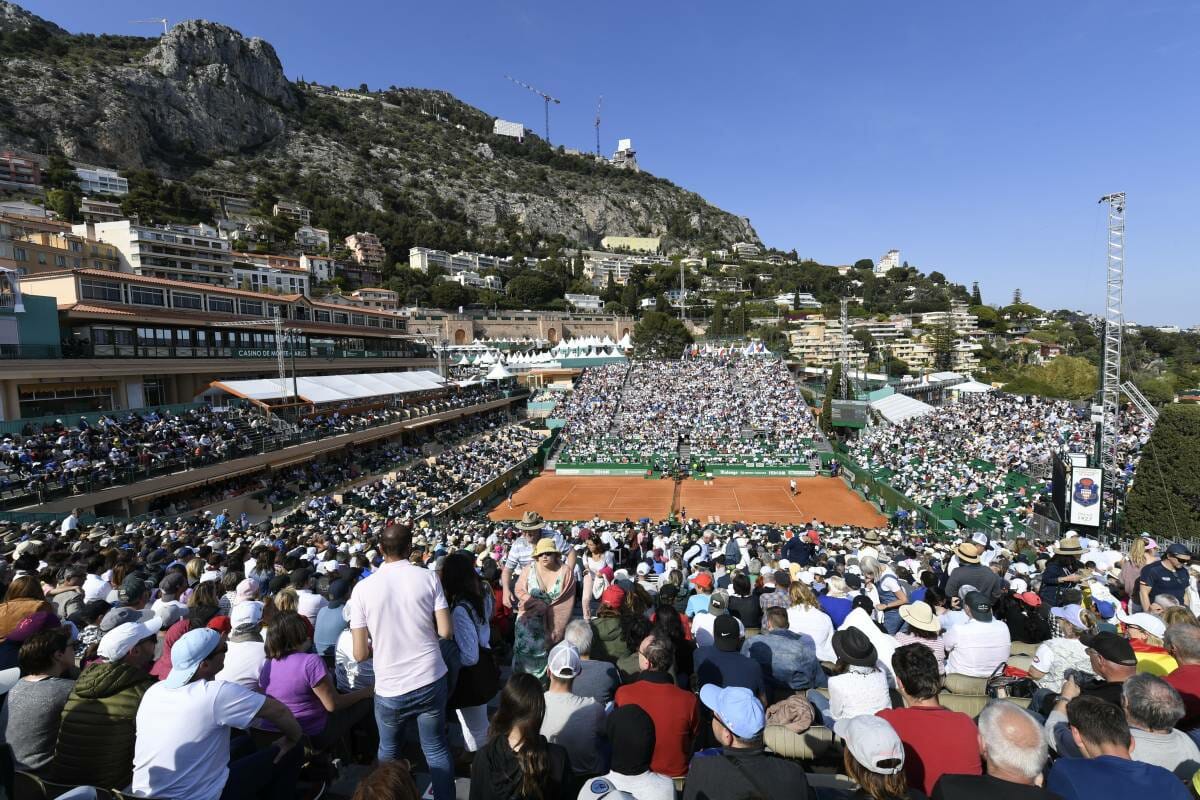
© Agence Realis Monaco
Francis Gordon Lowe: a noble match player
The podium remained in British hands for three more years, in 1920, 1921 and 1923. All thanks to Sir Francis Gordon Lowe, 2nd Baronet, a skilled tennis player who also stood out in the Australasian Championships in 1915, in the World Covered Court Championships, in the Summer Olympics in 1920 and in the South of France Championships in 1923.
Henri Jean Cochet: a French “player-athlete”
After having breathed “tennis air” since his childhood, his father being a groundskeeper at Lyon tennis club, Henri Cochet became a true practised “athlete” predominating between the late 1920’s and early 1930’s. ‘Henri Cochet can beat everybody when his shots are working and be beaten by everybody when they are not,’ pointed out René Lacoste practicing with him, Jacques Brugnon and Jean Borotra the so-called tennis “Four Musketeers”. Cochet stepped on the podium three times at the Monte-Carlo Masters respectively in 1928, 1929 and 1931 collecting acknowledgments including winning six straight Davis Cup championships from 1927 until 1932. His success made him tennis’ number one player in those years.
Nicola Pietrangeli: the winning Italian style of the late Amateur era
In 1961, the Monte-Carlo Masters was led by the still considered greatest Italian player of all time, Nicola Pietrangeli who is currently based in the Principality. Known for his style, strength and exceptional instinct, he reached the podium twice in 1967 and 1968. At the top of the international 1960’s ranking charts, Pietrangeli achieved excellent results in major challenges like Wimbledon, Roland Garros and in the Davis Cup where he won 120 victories in 164 attendances thus holding the world record in Davis Cup history. His extraordinary career made it possible to dedicate the original tennis courts in Foro Italico (Rome) with his name — an acknowledgement rarely granted to a contemporary champion.
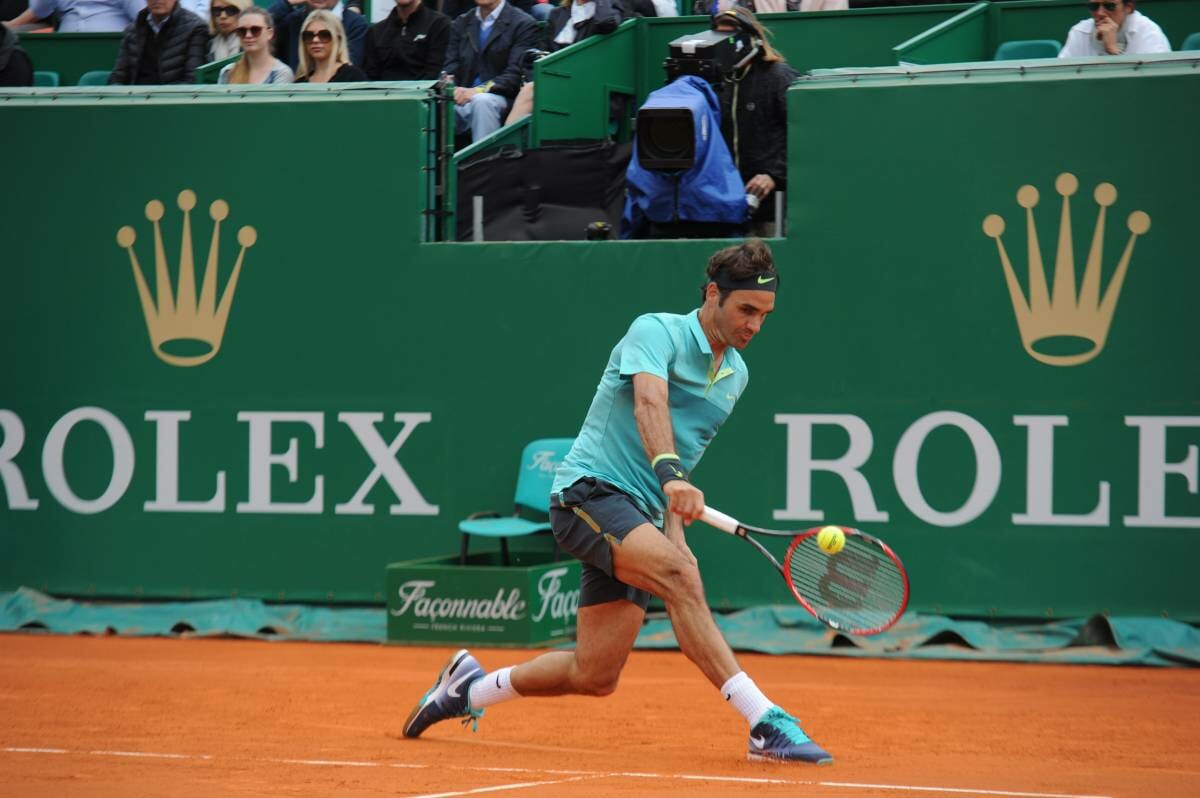
Ilie Theodoriu Năstase: leading light of the early 1970’s
In the following decade, victory primarily passed into Ilie Năstase’s hands for three consecutive years from 1971 to 1973. The Open era could not have started in a better way! This top Romanian player, regarded as one of the most gifted and fastest of champions, is a member of the top-ten list of professionals who have won more than one hundred ATP tournaments. He perfected for the first time a new tennis shot to better perform lobs, known as the ‘‘Bucharest Backfire’’ after being so nicknamed by the writer Budd Collins.
Björn Rune Borg: Ice cool under pressure during the late 1970’s
Another world number one entered the Monte-Carlo Masters’ arena a few years later. The Swede Björn Borg, imposed himself in 1977, 1979 and 1980. Being the only tennis player to win five Wimbledon titles in a row in the Open era, he succeeded six times at Roland Garros and in further major international tournaments. He achieved the maximum level of outcome during his professional career having started playing as a child. He is still remembered as a great-endurance performer able to play powerful ground-strokes thanks to his athletic body as well as his winning attitude and the ability to stay cool even under pressure.
Thomas Muster: a modern tennis ‘Hercules’
In the 1990’s, a new clay court ‘’hero’’ succeeded at the Monte-Carlo Masters. Thomas Muster from Austria was awarded the first prize in 1992, 1995 and 1996 just sealing a spectacular career with some relevant milestones like the 1995 French Open for a total of forty-four titles won, including eight Masters 1000 Series titles and a career high of twelve singles tournament titles in just one season in 1995, a record exceeded only by the winningest player in recent times, Roger Federer. His tenacity led him to overcome every obstacle including his car accident that occurred in Miami, just before the final of the 1989 Lipton International Players Championships. After a few months, he continued to train during his recovery and he even managed to win in Miami eight years later.
Rafael Nadal: the King of the Rolex Monte-Carlo Masters
He had been winning since 2005 right until 2011, coming back to the podium in the 2016, 2017 and 2018 editions. What else to add? The Spanish top player Rafael Nadal, named ‘Rafa’, is not by chance considered as one of the greatest and most successful athletes in recent sports history. His first great success was at the Davis Cup in 2004 at the age of eighteen, one podium in the Australian Open, thirteen-time winner at Roland Garros, twice winning in Wimbledon, four-time prize-winner at the US Open, two Olympic gold medals and much more put him at the top of every ranking with more than one thousand first awards. This is the result of the perfect combination between his athletic body and mindfulness allowing him to give the best of himself for the duration of any challenge. Speed in running, muscle power, endurance, balance and the ability to manage precisely any possible unforeseen event during the match are some of his strengths.
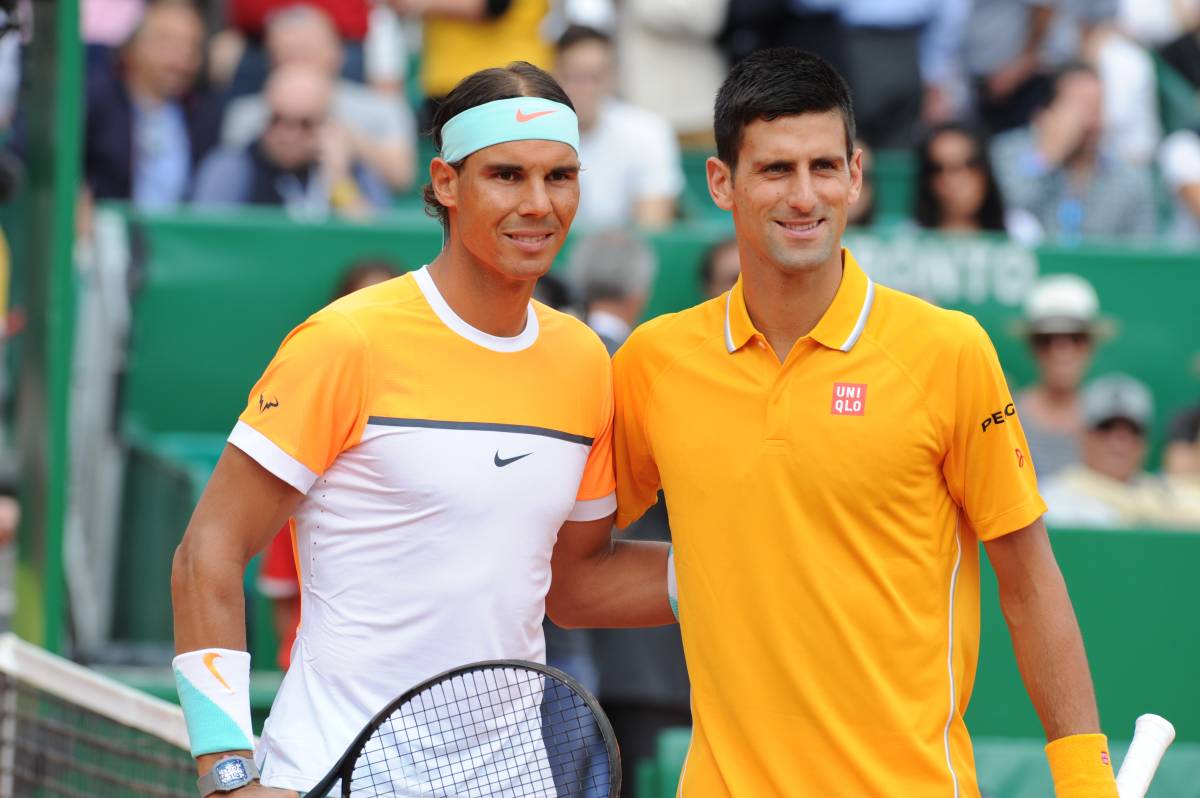
Novak Djokovic: fame and pure talent
Despite having won only twice at the Rolex Monte-Carlo Masters, in 2013 and 2015, the Serbian Novak Djokovic, famous Monegasque resident, is regarded as one of the most talented tennis players together with Rafael Nadal and Roger Federer. He went down in history for winning all nine ATP Masters 1000 Tournaments, achieving the ATP Career Golden Masters status. He is top-ranked in the international list of most successful players, being awarded first place at the Australian Open, Wimbledon, US Open, Roland Garros just to name a few. His great athletic skills as well as his mental toughness together with great flexibility and adaptability make him almost invincible.
Fabio Fognini: the champion of the future
The last edition of the Rolex Monte-Carlo Masters in 2019, before the Covid-19 outbreak, was won by Fabio Fognini, known as one of Italy’s most-skilled players of the new generation, coming from Sanremo, the sea resort in the nearby Ligurian Riviera. He is currently in the top-ten, succeeding in relevant tournaments of the ATP Tour, including the German and the Australian Open, in doubles with Simone Bolelli. His win in Monaco scored the first Italian victory in the Open era.
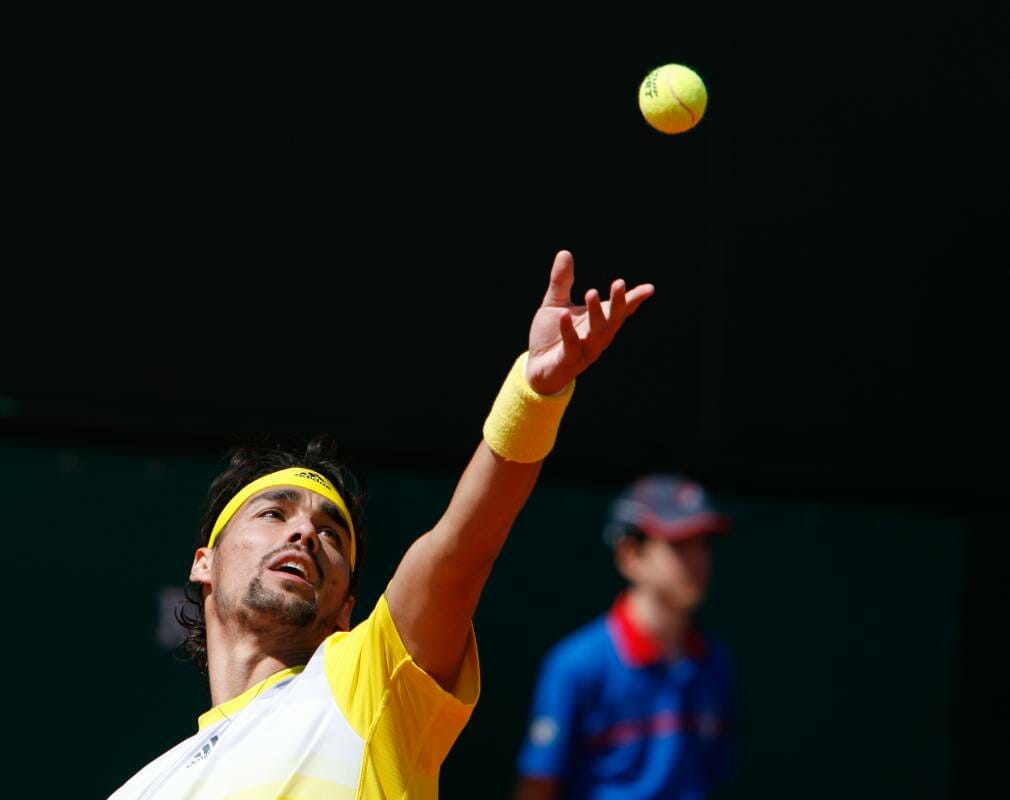
_______
List of the major tennis players included in the International Tennis Hall of Fame:
• Reginald and Lawrence Doherty 1980
• Anthony Wilding 1978
• Henri Jean Cochet 1976
• Nicola Pietrangeli 1986
• Ilie Năstase 1991
• Björn Borg 1987



